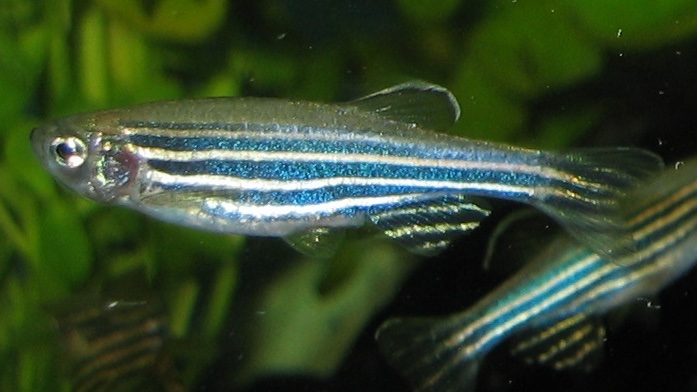
Researchers studying regeneration have identified dozens of regeneration genes in mice, zebrafish, and other organisms. Of particular interest in the Duke study is neuregulin 1 in Zebrafish, which stimulate the growth of heart muscle cells and fibroblast growth factors that are responsible for regrowing severed fins. While they are aware of these genes, the regulatory sequences that turn on and off the genes are still being discovered. It’s these unknown sequences that the Duke team targeted in their research.
Lead scientist and postdoctoral fellow Junsu Kang, Ph.D. was able to identify these regulatory elements while looking for the cluster of genes that were induced during fin and heart regeneration in the Zebrafish. Through careful study, Kang identified a sequence of genes that turn on fin regeneration and another sequence that turns on cell repair in hearts. He took these two regulatory area and attached them to the genes for neuregulin 1 and fibroblast growth factors. The end result was a transgenic Zebrafish that could repair itself rapidly after injury.
Getting the system to work in the Zebrafish is one thing, but Kang wanted to see how they would work in a mammalian system. He took the Zebrafish “tissue regeneration enhancer elements” (TREE) portions and attached them to an indicator gene lacZ that produces a blue color when it is turned on. Kang then created a transgenic mouse containing the TREE/lacZ system and discovered that these regeneration sequences could activate genes in the injured paws and hearts of the mice.
The researchers believe they are touching only the tip of the iceberg and that these TREE elements could be combined with other genetic modification technologies to create humans and mammals capable of repairing and regrowing their injured body parts. “We are just at the beginning of this work, but now we have an encouraging proof of concept that these elements possess all the sequences necessary to work with mammalian machinery after an injury,” said Poss.



